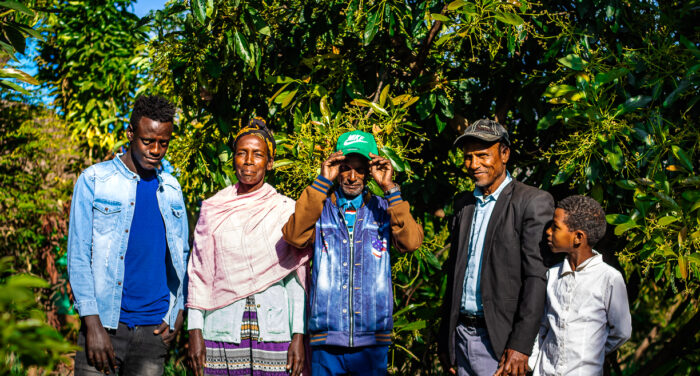15 Sep 2022
How can brands deliver environmental benefits via regenerative agriculture?
Brands looking to achieve environmental targets, such as reaching net zero carbon emissions or increasing biodiversity, literally from the green shoots of their supply chains, are increasingly looking to regenerative agriculture.
It’s proving an important way to build natural capital and where the results can be credibly assessed and verified, there is the opportunity to evidence how the brand is achieving its environmental goals.
What is natural capital?
Natural capital refers to anything in the natural environment which provide valuable goods and services to people, such as clean water, clean air, healthy soil and increased biodiversity. The goods and services provided by these assets include food, fibres for clothes, climate regulation, water availability and protection from flooding.
The way land is managed impacts natural capital, which can increase or deplete natural resources over time.
How does regenerative agriculture build natural capital?
Regenerative agriculture practices build natural capital by improving soil quality, increasing biodiversity and sequestering carbon. For example, farming methods which increase the availability of organic matter in soil, such as maintaining year-round living root systems in soil via the use of cover crops, enable retention of water in soils. The benefit of this is two-fold; in periods of dry weather there is water available to crops growing in the soil, while in sudden heavy rainfall the ability of the soil to absorb water is increased, reducing risk of flooding.
Why should brands support farms to transition to regenerative practices?
Food and clothing brands are in a position of influence when it comes to bringing about positive changes using regenerative agriculture. When a farm adopts regenerative practices they can boost biodiversity, improve soil quality, and regulate water in one location. When a brand engages with their entire supply chain to introduce regenerative practices the effects are seen at scale, with regenerative products becoming the norm in the supply chain.
From the brand’s perspective, it is possible to set environmental targets and engage with their supply chain to achieve them. The regenagri standard creates a structure to assess and certify the impact of regenerative practices introduced on-farm, enabling brands to evidence progress towards environmental targets. Furthermore, the regenagri content standard ensures the integrity of regenagri materials from farms to finished products.
How can a brand deliver environmental change?
Any brand using agricultural produce can engage with the farmers in their supply chain to introduce regenerative agriculture. It is important to set targets which are based on the unique conditions of the area being farmed. For example, soil type, climate, and the type of crops or livestock being farmed all impact how much carbon can be sequestered in soil. Targets should be set in line with these factors. regenagri provide a consistent structure for assessing practices and measuring outcomes. A scoring model allows fair evaluation of the regenerative performance of the farm. The assessments carried out by approved third parties provide brands with data valid for sustainability claims and for generation of carbon credits.
Why is it important for regenerative farming to be implemented at scale?
When brands engage with regenerative agriculture changes are delivered at a large enough scale which can adds up to a significant global impact. regenagri has now certified a land area of 1.2 million acres globally. This includes all major commodity crops:
- Grains
- Soy
- Sugar cane
- Coffee
- Beef and Lamb
- Fruit
- Cotton
The total area managed in-line with the regenagri standard is expected to reach 2 million acres by the end of 2022. To find out how to introduce regenerative practices into your brand’s supply chain get in touch with the team today.
Related updates

16 Jun 2022
Citizens of Humanity Group supports the first US Farm to be regenagri certified.
Citizens of Humanity Group has established a US-based farming program to encourage farmers to […]View details

08 Sep 2022
Global ingredients supplier Cefetra Group joins forces with farmers to generate regenagri Carbon Credits
Cefetra Group is an ingredients supplier for the specialties and commodities markets with a […]View details

05 Oct 2021
How certification can pave a route to market
Certification can open a route to international markets for small-scale regenerative growers worldwide. In […]View details
